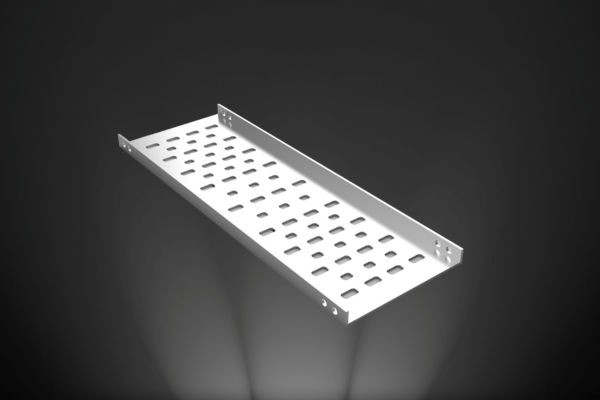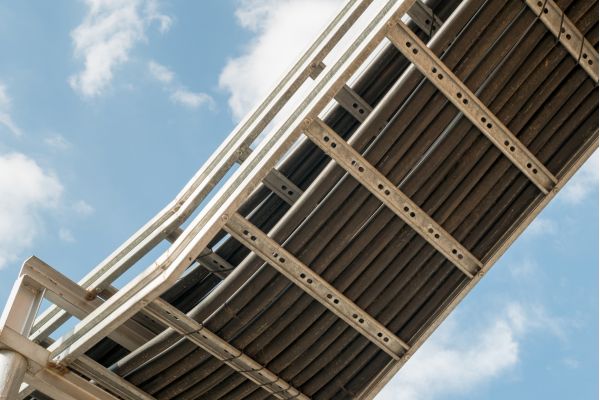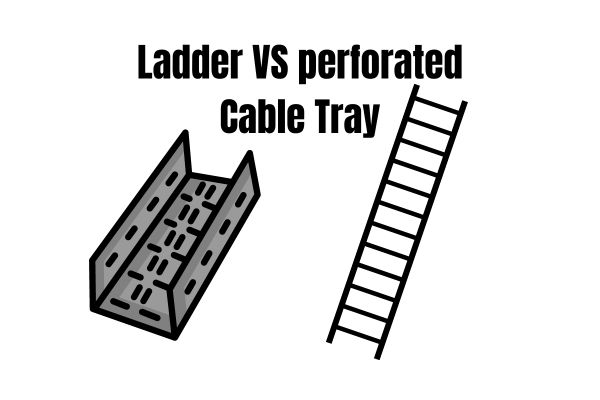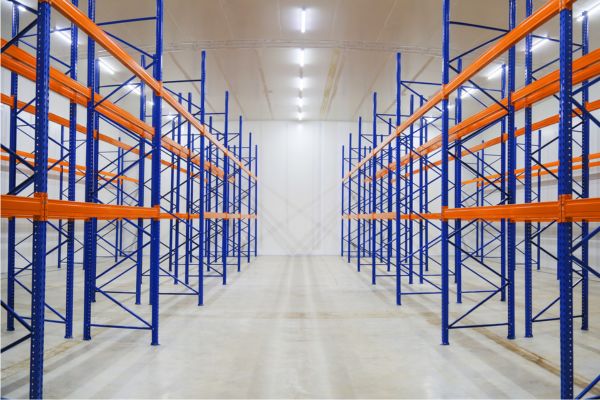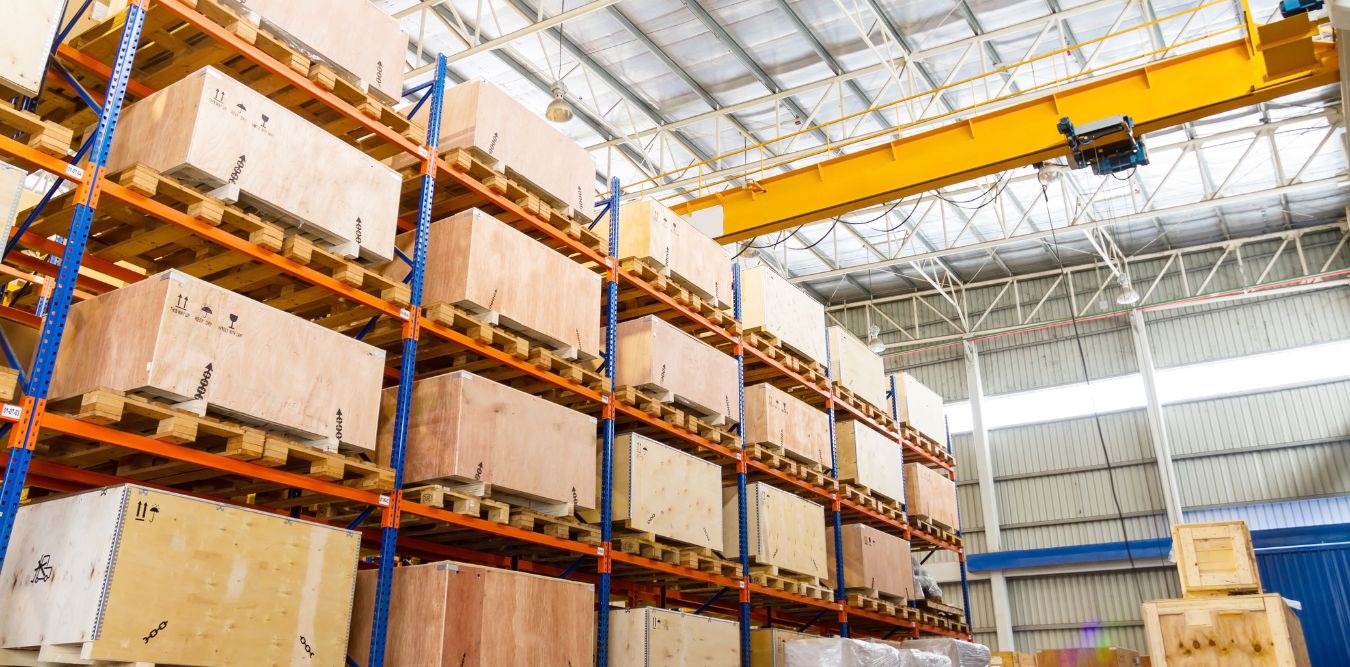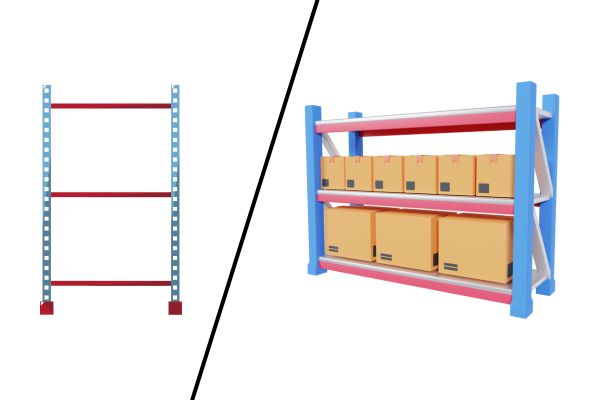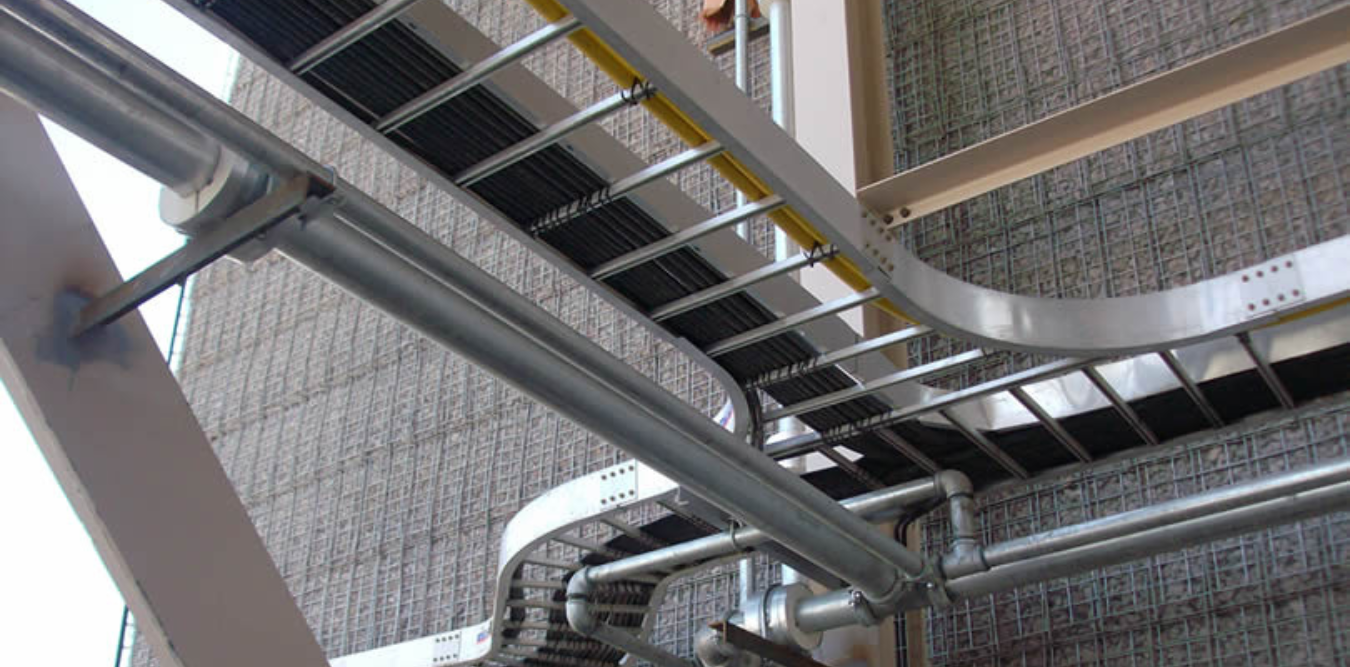Effective cable management is crucial in industrial settings for maintaining safety, reducing maintenance, and ensuring efficient operation. Ladder cable trays offer a robust solution, especially in industries where large volumes of cables need to be managed. This article explores the benefits of ladder cable trays and why they are ideal for industrial applications.

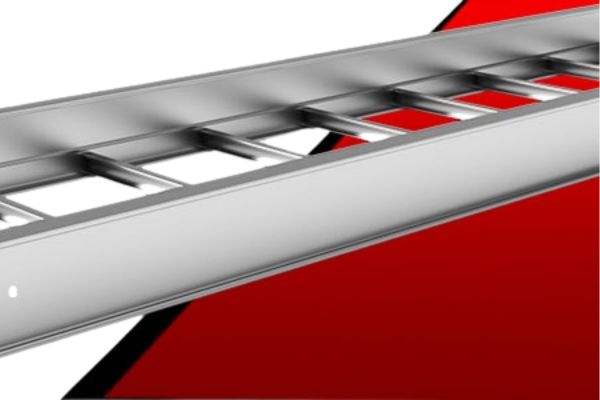
Understanding Ladder Cable Trays
What Are Ladder Cable Trays?
Ladder cable trays are open-ended cable support systems resembling a ladder with two side rails connected by rungs. They are commonly used in industrial settings to support and organize electrical and data cables and offer an efficient solution for cable routing and management.
Key Features of Ladder Cable Trays
- Ventilation: The open design allows for superior airflow, reducing the risk of overheating cables.
- Easy Access: The rungs make inspecting, adding, or removing cables simple without disrupting the entire system.
- Strength: Ladder cable trays are designed to support heavy cables and withstand high load capacities, making them suitable for demanding industrial environments.
Why Ladder Cable Trays Are Ideal for Industrial Settings
Enhanced Safety and Protection
One of the primary reasons ladder cable trays are preferred in industrial settings is the enhanced safety they provide.
Fire Resistance and Ventilation
The open structure of ladder cable trays promotes natural ventilation, which reduces the heat buildup in cables, helping to prevent fire hazards. Additionally, many ladder trays are made from fire-resistant materials, further safeguarding the system against potential fire risks.
Durability and Load-Bearing Capacity
Ladder cable trays are engineered to handle substantial weight loads, ensuring that even the heaviest cables are supported without sagging or damage. This durability reduces the risk of accidents or system failures, making them a reliable choice for industrial operations.
Improved Cable Management
Effective cable management is crucial for both safety and operational efficiency.
Easy Installation and Maintenance
Ladder cable trays are known for their straightforward installation process. The design simplifies cable laying and maintenance, allowing for quick access to cables for repairs or upgrades without needing to dismantle the entire system.
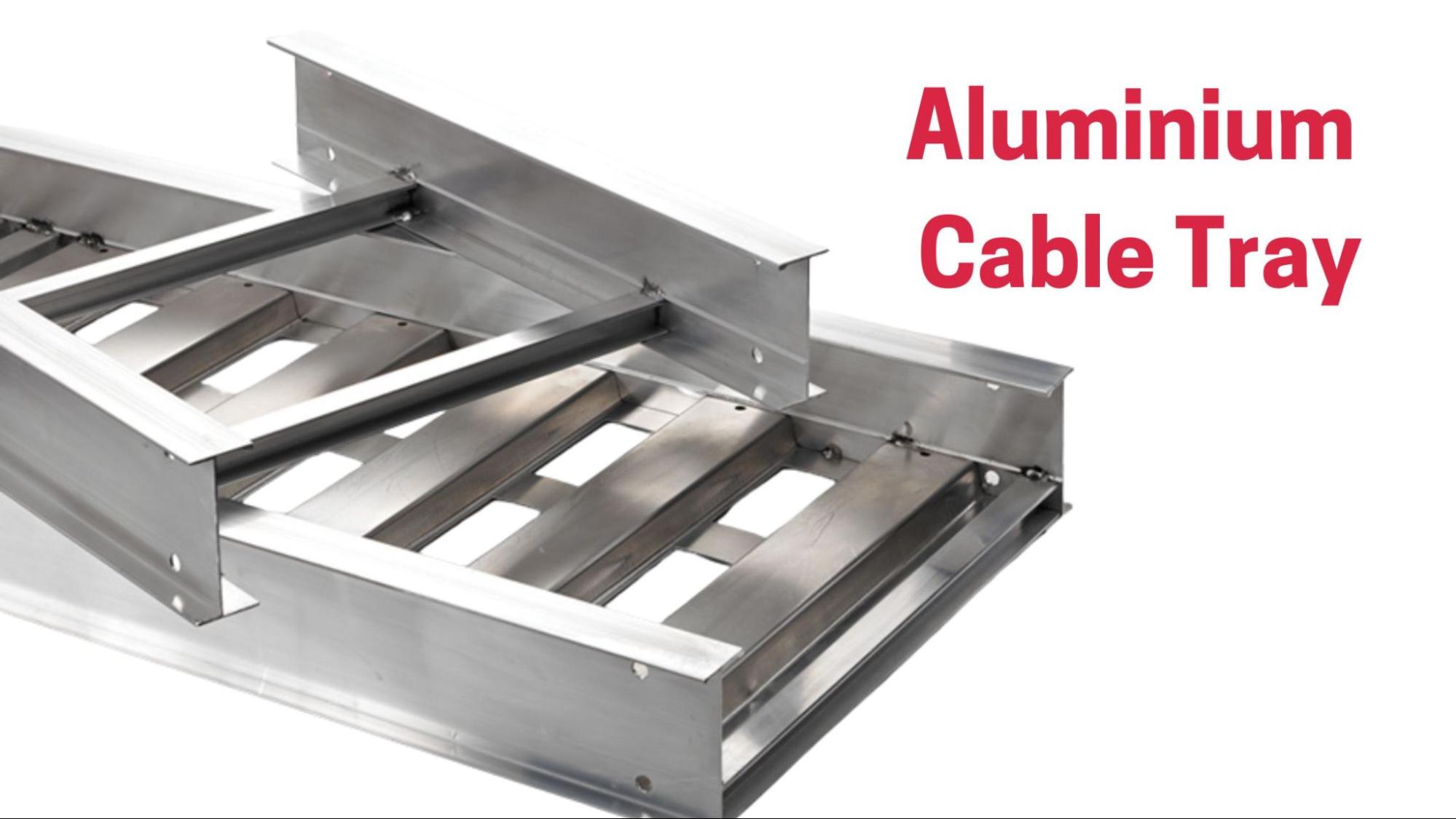
Flexibility in Design
Ladder cable trays offer flexibility in design, allowing them to be easily personalized and adapted to fit the unique layout of any industrial facility. This makes accommodating future expansions or changes in cable routing requirements easier.
Cost-Effectiveness
For industrial facilities, cost-efficiency is always a priority.
Long-Term Savings
Although ladder cable trays may require an initial investment, their durability and low maintenance needs result in significant long-term savings. Their robust construction minimizes the need for replacements, ensuring that your cable management system lasts for years.
Reduced Downtime and Maintenance Costs
Due to their open design and easy access, ladder cable trays reduce downtime during cable maintenance or upgrades. This minimizes disruptions in industrial operations, further enhancing cost savings.
Applications of Ladder Cable Trays in Various Industries
Ladder cable trays are versatile and widely used across various industries. Some of the most common applications include:
Oil and Gas Industry
In the oil and gas sector, ladder cable trays are ideal because they can withstand harsh environmental conditions and support heavy cables over long distances.
Manufacturing Plants
Manufacturing facilities benefit from ladder cable trays’ ability to manage high volumes of power and data cables while offering easy access for regular maintenance and upgrades.
Power Generation Facilities
In power generation facilities, the high load-bearing capacity of ladder cable trays ensures that large cables can be safely and efficiently supported, contributing to the uninterrupted operation of critical equipment.
Telecommunications Industry
For the telecommunications industry, ladder cable trays provide the flexibility needed to manage large bundles of data cables while ensuring proper ventilation to prevent overheating.
How to Choose the Right Ladder Cable Tray for Your Industrial Needs
When selecting ladder cable trays, several factors must be considered to ensure optimal performance.
Material Considerations
The longevity and appropriateness of ladder cable trays in various industrial settings are greatly influenced by the material selection.
Stainless Steel
Stainless steel ladder cable trays offer excellent resistance to corrosion and are ideal for environments where durability is a key concern.
Aluminum
Aluminum trays are lightweight, corrosion-resistant, and easier to handle, making them suitable for applications where weight is a concern.
Fiberglass
Fiberglass trays are ideal for environments that are exposed to chemicals, moisture, or extreme temperatures, as they offer excellent resistance to corrosive substances.
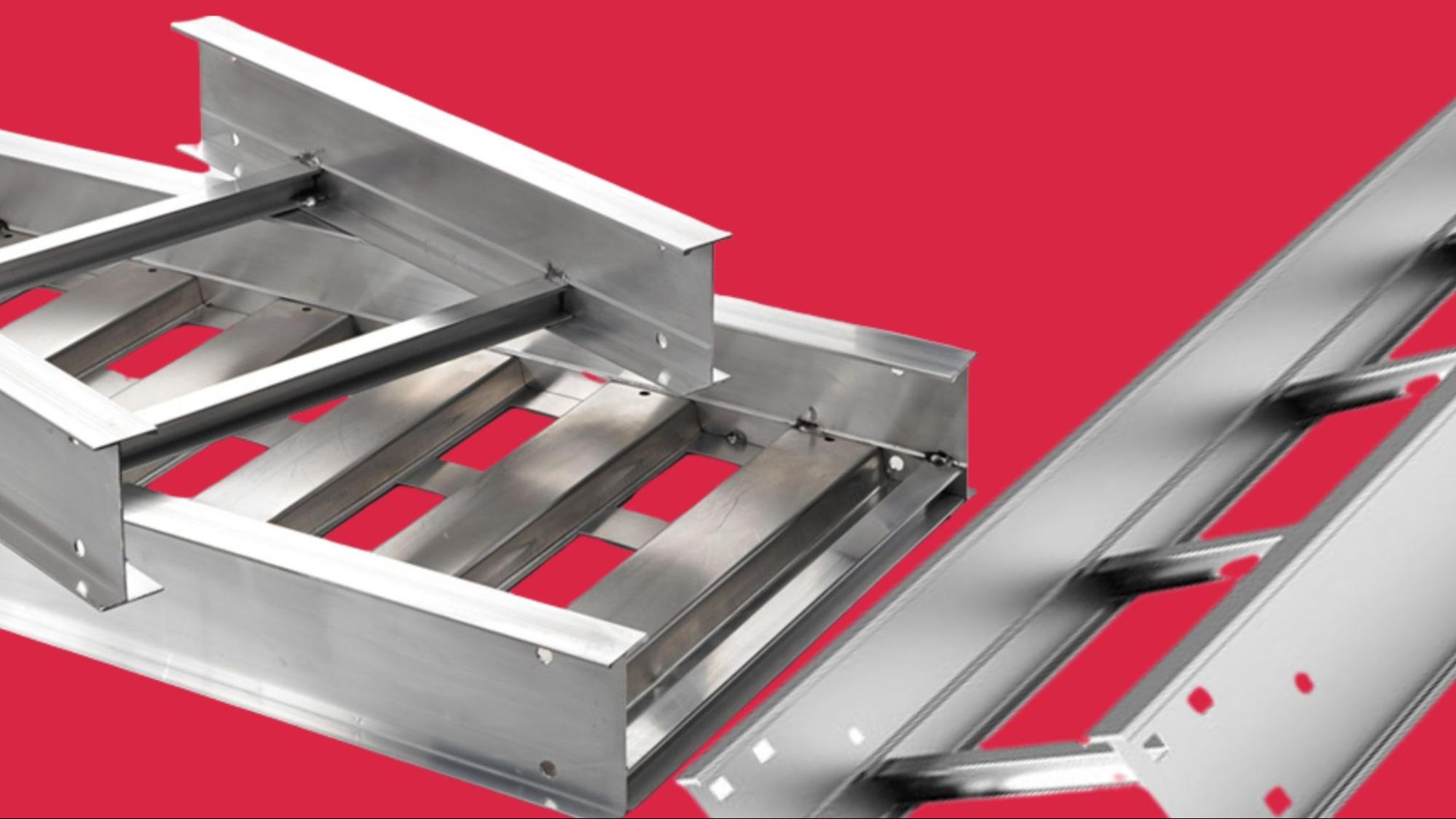
Size and Load Capacity
When choosing a ladder cable tray, ensure that the size and load capacity match the requirements of your cable management system. The trays should be able to support the weight of the cables without sagging or causing structural strain.
Environmental Factors
Corrosive Environments
For facilities exposed to corrosive substances, such as chemicals or saltwater, selecting a material like fiberglass or stainless steel is essential to prevent damage over time.
High-Temperature Environments
To ensure the longevity of the cable tray system in high-temperature environments, materials with superior heat resistance, such as aluminum or stainless steel, should be considered.
Best Practices for Installing Ladder Cable Trays
Proper installation is a primary thing to ensuring the effectiveness and longevity of ladder cable trays.
Planning and Design
A comprehensive plan should be developed before installation, taking into account the layout, cable routing, and load-bearing requirements. This helps avoid costly mistakes during installation.
Installation Tips and Tricks
When installing ladder cable trays, ensure that they are securely fastened to support structures and that cables are evenly distributed to prevent overloading. Additionally, it leaves enough space for future cable expansion.
Safety Considerations During Installation
During installation, follow safety protocols, including wearing protective gear and ensuring that the installation process does not interfere with ongoing operations in the facility.
Conclusion
Recap of Key Benefits
Ladder cable trays offer numerous advantages, including enhanced safety, durability, easy cable management, and cost-effectiveness, making them an excellent choice for industrial settings.
Why Ladder Cable Trays Are a Smart Investment
With their flexibility in design, ease of installation, and long-term savings, ladder cable trays represent a smart investment for industrial operations looking to optimize cable management and improve operational efficiency.

